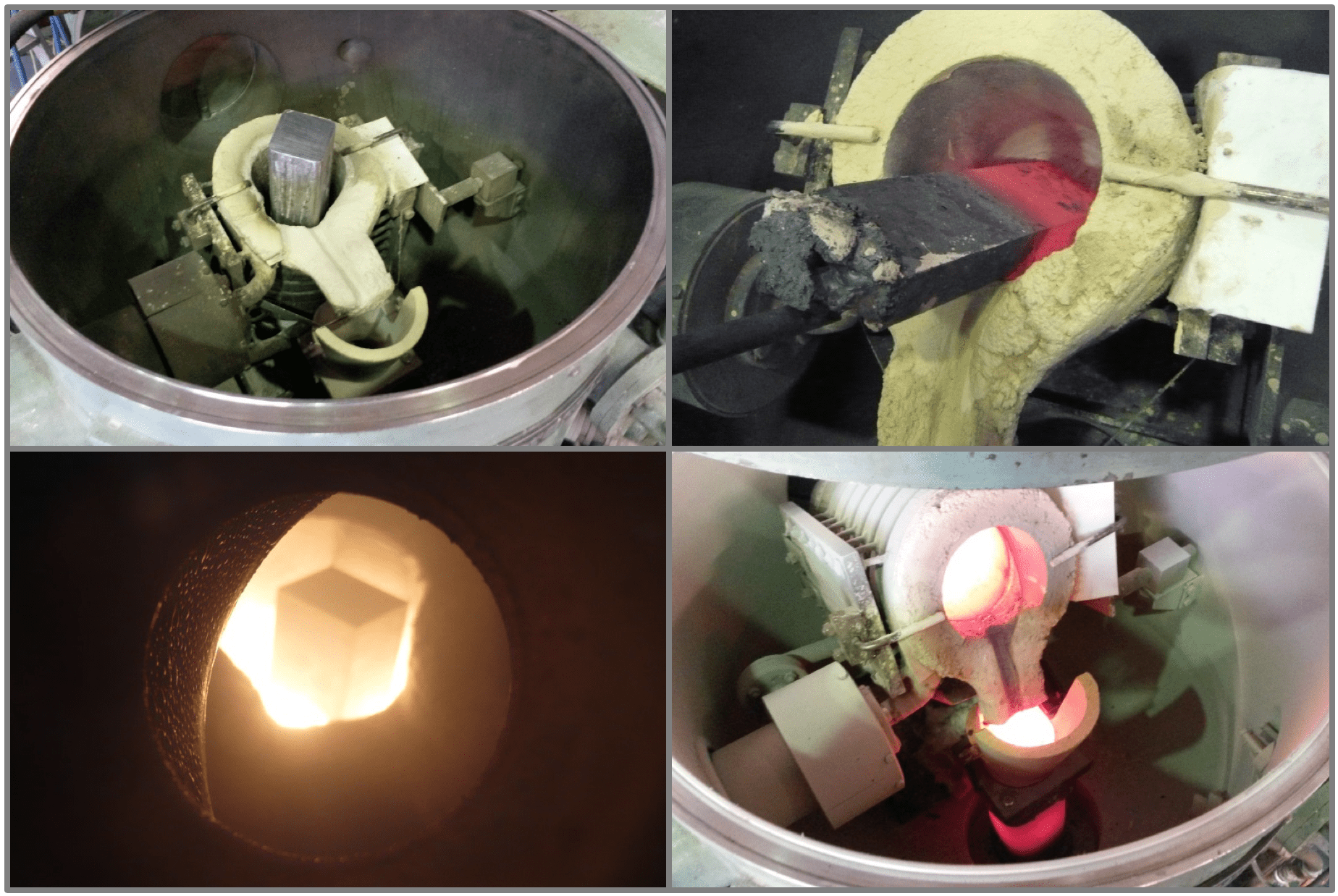Heat Treatment Furnaces
There are several heat treatment furnaces available in the lab. They differ in capacity, heating rates and maximum temperatures. A special equipment is the high temperature chamber furnace, which can reach a maximum temperature of 1600°C. The lining consists of vacuum pressed Al2O3plates. Technical Specifications: max. temperatures: 1100°C, 1300°C, 1600°C furnace chamber volumes: 13l [...]












